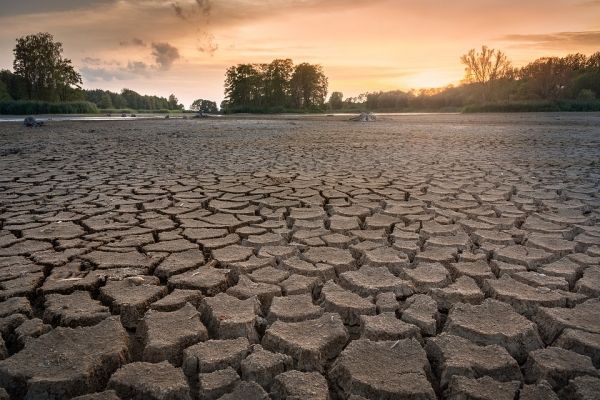Prolonged droughts and heat waves have negative consequences both for people and the environment. If both of these extreme events occur at the same time, the impacts, in the form of wild fires, tree mortality or crop losses - to name a few examples - can be even more severe. Climate researchers at the Helmholtz Centre for Environmental Research (UFZ) have now discovered that, assuming a global temperature increase of two degrees in the course of global warming, the future frequency of these simultaneously occurring extreme events is primarily determined by local precipitation trends. Understanding this is important, since it enables us to improve our risk adaptation to climate change and our assessment of its consequences, as they write in the journal Nature Climate Change.
The fact that global warming will increase temperatures over land masses, increasing the frequency of droughts and heat waves, is a certainty - as is the fact that climate change will alter the average amount of precipitation on land. However, it has remained unclear until now under what conditions both extreme events will occur together, known as 'compound hot-dry-events’. The UFZ researchers have defined these events as summers in which the average temperature was higher than in 90 percent of the summers between 1950 and 1980, and precipitation was simultaneously lower than in 90 percent of those years. "In the past, periods of drought and heat waves were often considered separately; there is, however, a strong correlation between the two events, which can be seen in the extremes experienced in 2003 and 2018 in Europe. The negative consequences of these compound extremes are often greater than with one single extreme," says UFZ climate researcher Dr Jakob Zscheischler, last author of the study. Until now, however, it was not known what the future simultaneous occurrence of these extremes depends on - the uncertainties in the occurrences estimated via routinely used climate model simulations were too large to arrive at robust pronouncements.
Read more at Helmholtz Centre for Environmental Research - UFZ
Photo Credit: Seaq68 via Pixabay


